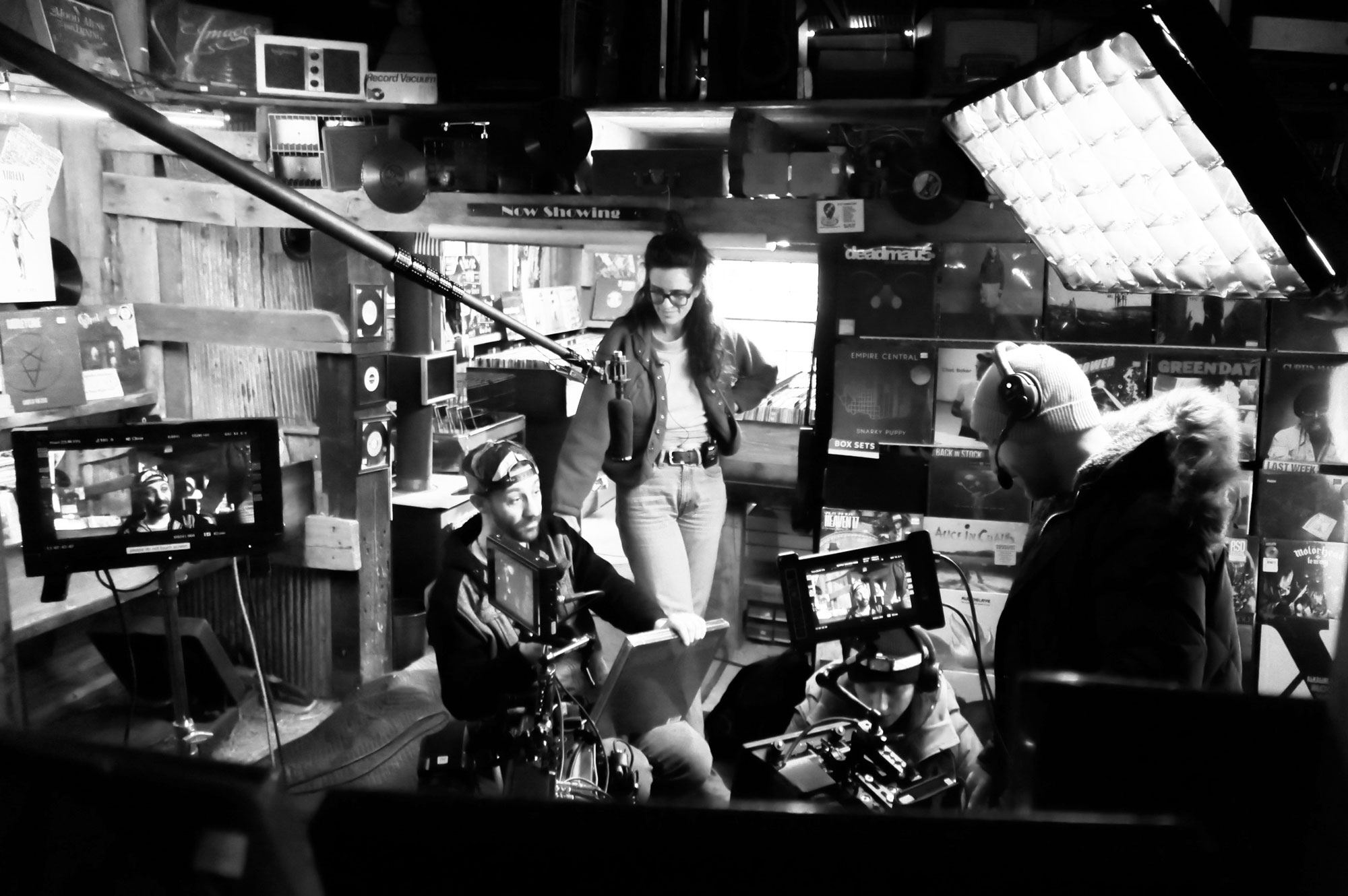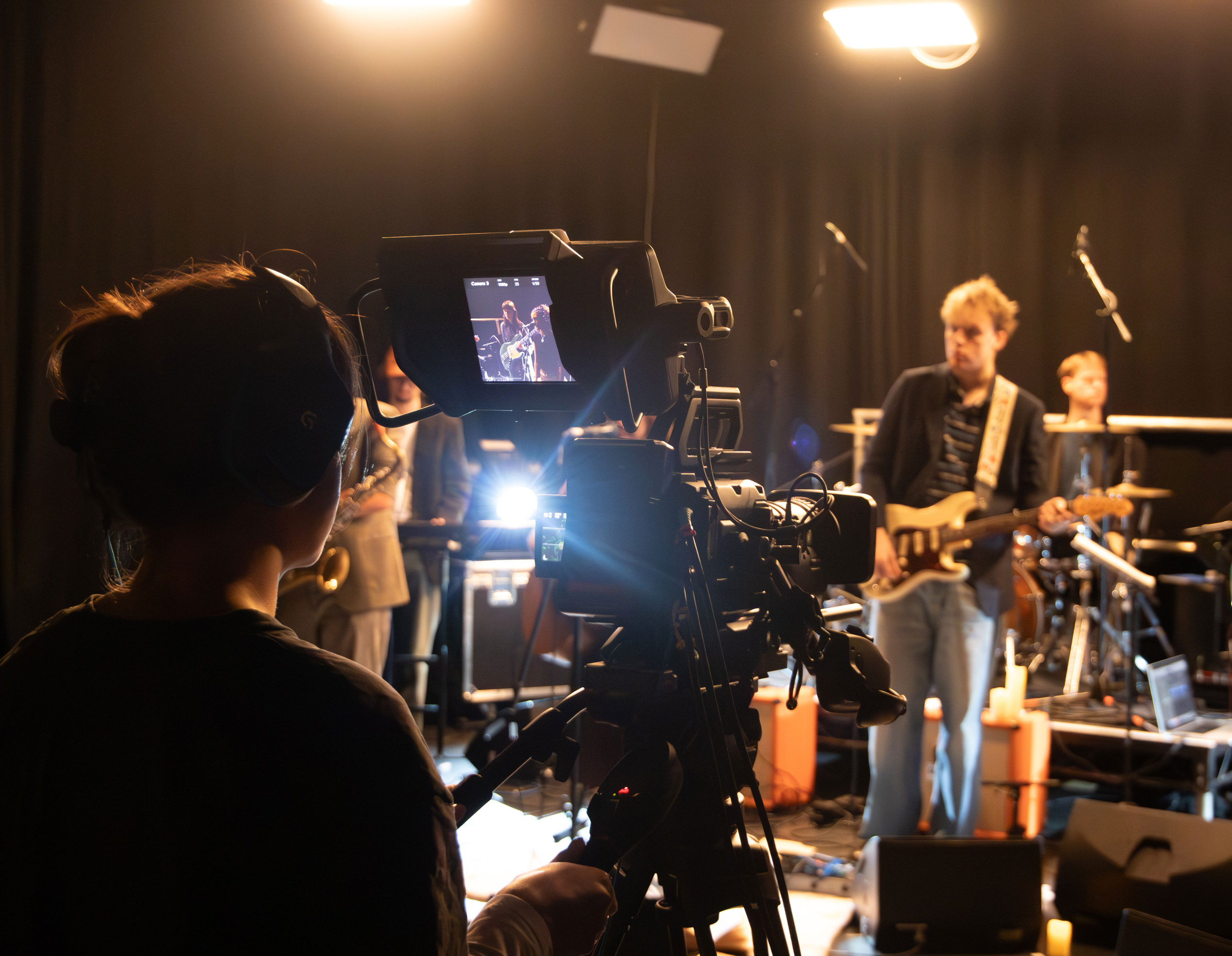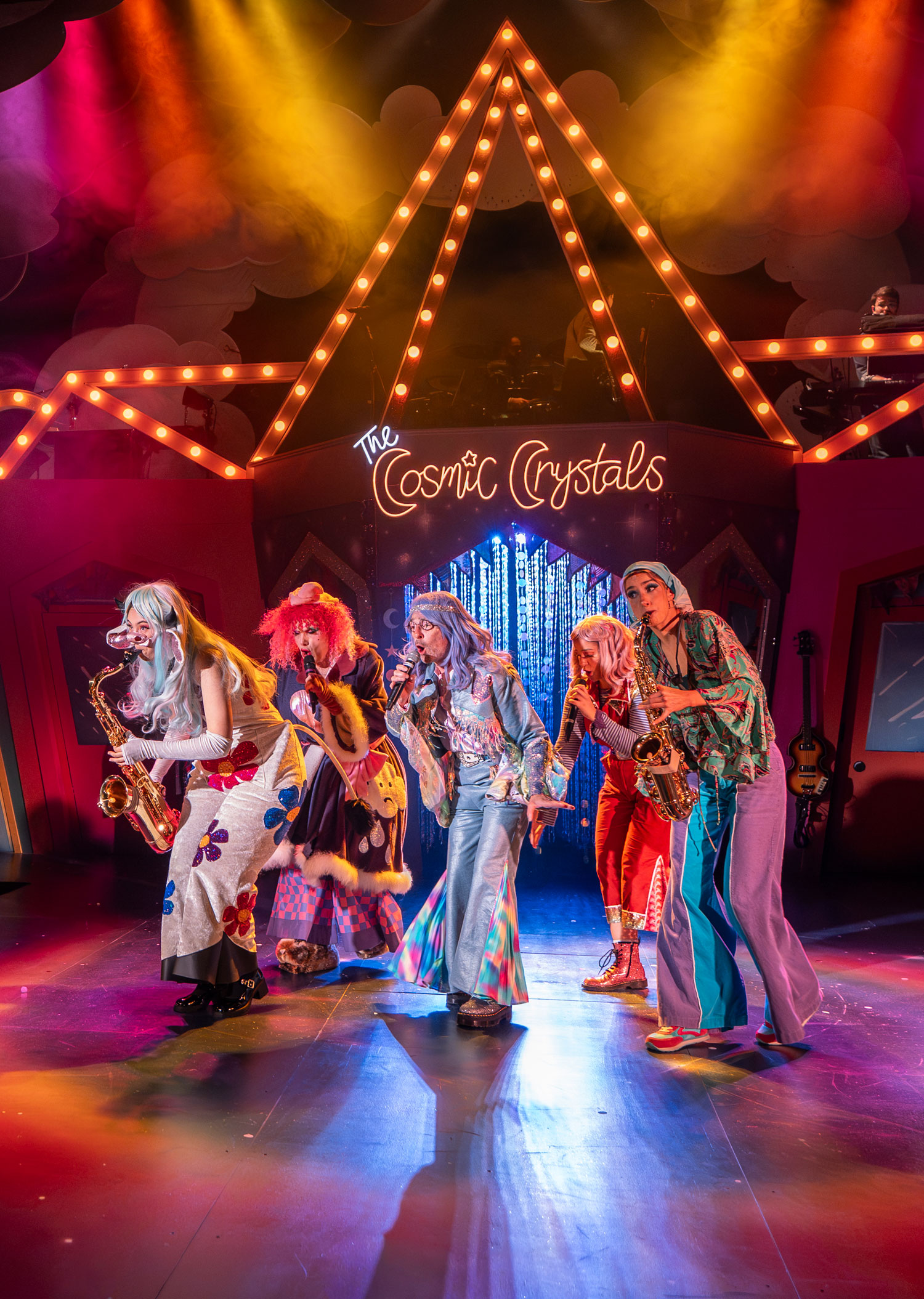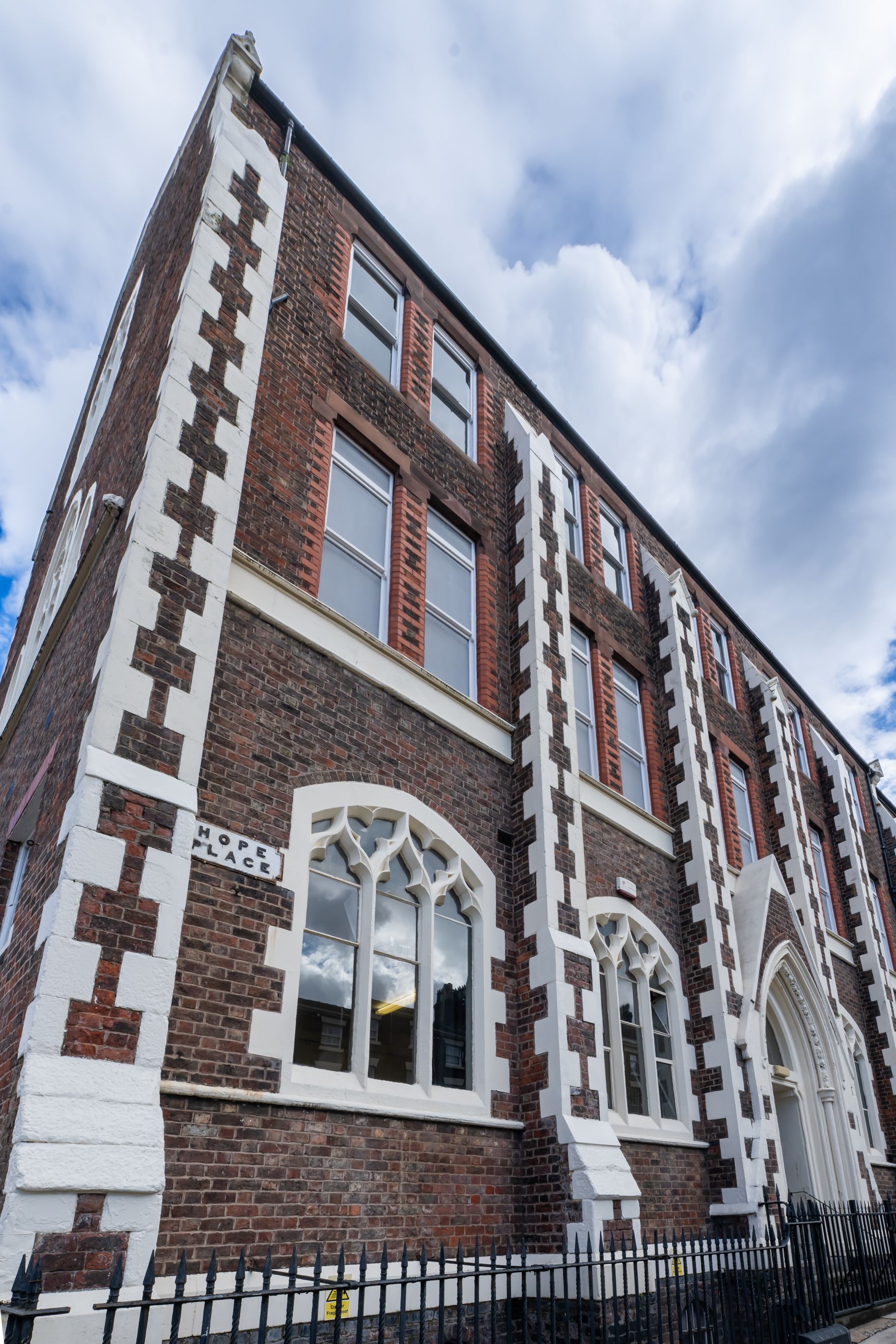Theatre & Performance Design graduate Alexandra Lacey’s first feature length documentary The Twister: Caught in the Storm has topped Netflix’s global film chart.
The movie is based around the events of May 2011 when Joplin, Missouri was devastated by a monster tornado, causing the deaths of 161 people.
We spoke to Alexandra, who graduated in 2005, about the movie, the journey from theatre design to documentary making and her time at LIPA.
I didn’t want to make a film just about the disaster and the devastation, I wanted it to be more than that, I wanted it to reflect human nature. When I was approached by Netflix and Raw Television to make a documentary about the tornado, they hadn’t decided who the characters should be or what the perspective was, so we were given the space to do that. Our development period was short which was challenging, but the team pulled together and I am really proud of where we landed. Our characters are truly the heart of this film.
I don’t think I’ve ever made a documentary where I’ve been able to craft it like this. It wasn’t a true crime documentary where there’s a set cast of people you need to speak to. This was a town of 50,000 people with all sorts of unimaginable stories of survival.
When we discovered it happened on Joplin graduation day, we knew the film should be from the perspective of those teenagers, the class of 2011 - their experiences and stories of survival, and how it changed them.
I’ve directed documentaries before and I’ve produced for Netflix before, but this is the first time I’ve directed for Netflix, which is a whole other experience! In the run up to its release there were feelings of excitement, anticipation but also a bit of trepidation.


After LIPA I moved to New York with the aim of becoming a theatre set designer but quickly realised I’d be happier working in television art direction and art departments. And that’s what I did working between New York and Los Angeles. I worked on Flight of the Conchords (HBO), also on reality shows including Project Runway (Bravo) and for publications like Vogue and Tokyo Numéro, styling magazine shoots.
I decided to move to documentary making when I realised I was more interested in the stories of the people I was working with than art design. It happened when I was working on Extreme Make Over: Home Edition (ABC). It is a show that builds homes for families and communities who desperately needed them. I was designing the houses, and I’d work with 100s of volunteers - builders, painters, carpenters – who would help construct the house over four days. I’ve always been interested in people but on this project, I noticed I was spending more and more time talking to these volunteers and finding out about them. So, I decided to go with my gut and try to get into documentary filmmaking.
Most of the better documentaries at the time were being made by Brits. So, I used my dual citizenship to move to England. I arrived in London with no contacts but managed to hustle my way into Raw Television, who had just made the BAFTA winning The Imposter. I was able to stay with them and learn as a freelancer, working in everything from research and development, through to producing, directing and going into the edit. It was Raw who gave me my first directing job on Paranormal Witness (SYFY). I was able to come up through the ranks over several years with one of the UK’s leading documentary makers, which was pretty cool. They have been behind so many award-winning documentaries including: Tinder Swindler, Don’t F**k With Cats and Three Identical Strangers.
I feel I got a real-world education at LIPA. Because my course leaders Kathy Sandys and Ashley Shairp were still working in the industry I got a great idea of the current state of the industry. They really inspired me to shoot for the stars! I think my LIPA training - and past in art direction - makes my documentary work more visually dynamic. I can work closely with art departments giving clear notes as a director, because I understand that world too.
I felt LIPA really backed me and that inspired me to push myself to secure the best possible opportunities, like interning in New York with a theatre set designer in the final year of my course. I moved to New York the following year and began my career.




